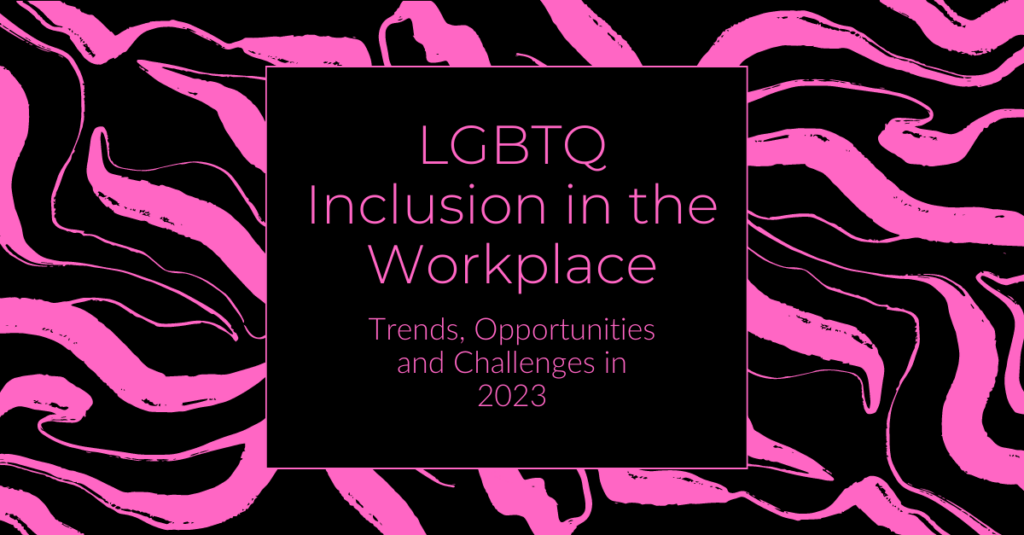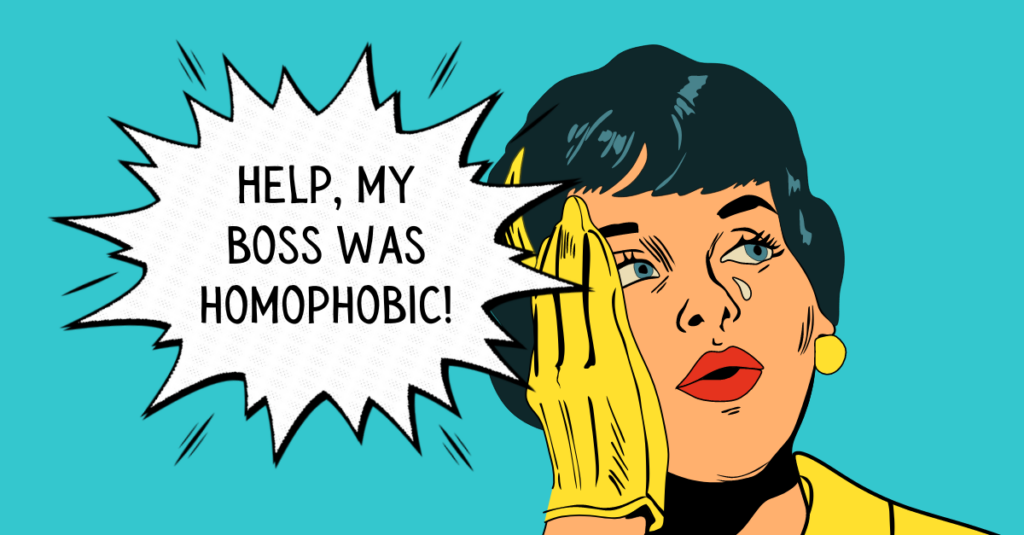
Mossier ERG By-Laws Template
LGBTQ Employee Resource Group (ERG) bylaws are essential for establishing a clear structure, governance, and operational guidelines for the group. Here are the key elements that should be included in ERG bylaws:
1. Name and Purpose
Name: Clearly state the name of the ERG. In the LGBTQ community we change language and acronyms quite a bit. Consider using umbrella terminology that can appeal to the largest group of people and remain consistent over time. A name like “Pride @ (Insert Name of Employer Here)” has mass appeal while being more obviously LGBTQ. Calling the group the “Queer Employee Resource Group” might make sense in organization’s where a majority of the LGBTQ population identifies as Queer but beware of how generational attitudes might cause certain people to join over others and how accessible this language will be to leaders who are not connected to the LGBTQ community.
Purpose and Mission: A purpose statement states why the ERG exists. A mission statement defines the what and who you’re doing it for and is generally something that can be achieved on a certain timeline.
Take Mossier for example:
Mossier Purpose: We are proving that love and justice can and should be at the heart of any thriving organization and that it’s within our reach to repair the harm done by systems of homophobia, transphobia and white supremacy.
Mossier Mission: Enabling Employment Equity for Everyone LGBTQ
2. Membership
Eligibility: Define who is eligible to join the ERG. For ERGs that want to host specific programming for LGBTQ employees only, outline which programs are open to allies and which are closed.
How to Become a Member: Describe the process for joining the ERG, including any necessary steps or requirements. Is there a form to fill out? Do employees have to reach out to an ERG leader? Does attending an ERG event mean that you’re a member of the ERG?
Membership Responsibilities: Outline any expectations and responsibilities of members. This could include requiring that members stay up-to-date on ERG activities and communications, attend a certain number of ERG events annually and/or highlight that members are expected to expand their allyship and seek out education opportunities on LGBTQ topics.
3. Leadership Structure
Roles and Responsibilities: Define the leadership roles within the ERG, such as Chair, Vice-Chair, Secretary, Treasurer, and any committee/pillar chairs. For Example:
- Position Title: ERG Co-Chair
- Time Commitment: 8 hours/Month, bi-weekly leadership check-ins
- Role Overview: The ERG Co-Chair is responsible for co-chairing all ERG leadership meetings, managing X number of committee chairs and preparing the annual impact report for the ERG.
- Important Skills: People management, communication, meeting facilitation, ability to network with senior-level leaders, ability to act as a spokesperson for the ERG on official company communications
- Logistics: Are there in-person responsibilities? What time zones will meetings be in?
Election Process: Describe the process for electing leaders, including eligibility, nomination procedures, and voting methods.
Term Limits: Specify the length of terms for each leadership position and any term limits. Recommendation: Require two-year commitments from Chairs and Vice-Chairs. After serving one-year as Vice-Chair that leader automatically steps into the Chair role for their second year. This establishes continuity, minimizes burnout and ensures that the ERG braintrust doesn’t get lost.
4. Meetings
Frequency: State how often leadership meetings will be held (e.g., monthly, quarterly) and how many member engagements there will be annually.
Special Meetings: Outline the procedures for calling special meetings. A special meeting may occur after a tragedy in the LGBTQ community, during some kind of major disruption to the regular flow of business, to address an immediate concern or opportunity in the group (a promising funding opportunity appeared but there is a short window to apply, the group received a report of misconduct among members, etc.)
Agenda and Minutes: Describe how meeting agendas will be set and how minutes will be recorded and distributed. Meeting minutes are essential because they act as a historical record of ERG activity. It makes it easy to find out how much we paid that food vendor in 2018, which leaders are supportive/not supportive of our work and tracks the different challenges and roadblocks that ERGs face.
5. Committees
Standing Committees: Define any standing committees. These usually align with the pillars of the ERG but could also focus on group operations such as an events or communication committee. McKinsey found that many ERGs have the following pillars:
- External engagement: engaging outside the organization through community service and volunteering
- Allyship: educating employees about allyship; leveraging allies to help employee resource group (ERG) members and to further the ERG’s mission
- Leadership connection: providing a channel to engage with company leadership
- Employee community building: broadening the social network and meeting others within the organization
- Career advancement: offering advice and support to advance the careers of ERG members
Ad Hoc Committees: Describe the process for forming ad hoc committees for special projects or initiatives.
6. Decision-Making
Voting Procedures: Outline the voting procedures for making decisions, including quorum requirements and how votes will be conducted.
Consensus-Building: Describe any processes for building consensus and resolving disagreements. When would an executive sponsor and/or HR get involved?
7. Finances
Budget and Funding: Describe how the ERG will manage its budget and funding, including sources of funding and financial oversight.
Expenditures: Outline the procedures for approving and documenting expenditures.
Financial Reporting: Specify how financial reports will be created, reviewed, and distributed to members.
8. Communication
Internal Communication: Define how the ERG will communicate its members (e.g., email, newsletters, intranet, Slack, internal social media).
External Communication: Outline how the ERG will communicate externally with the broader organization, organizational leaders and external stakeholders (LGBTQ nonprofits, hiring groups, etc.). Include any brand or communication guidelines from the organization as it relates to speaking to the press or when representing the organization externally.
9. Code of Conduct
Behavioral Expectations: Establish guidelines for appropriate behavior and interactions within the ERG. This section could outline any zero-tolerance policies for things like sexual harassment or inappropriate language. It could also outline how generational differences will be respected when words like “Queer” are brought up.
Conflict Resolution: Describe procedures for addressing and resolving conflicts among members.
10. Amendments
Amendment Process: Outline the process for proposing, discussing, and approving amendments to the bylaws.
Review Period: Specify how often the bylaws will be reviewed and updated. Usually once a year is great.
11. Dissolution
Dissolution Process: Define the process for dissolving the ERG if necessary, including the handling of remaining funds and assets.
12. Compliance
Organizational Policies: Ensure the bylaws are consistent with the organization’s policies and procedures.
Legal Compliance: Confirm that the ERG’s activities and bylaws comply with relevant laws and regulations.
Including these elements in ERG bylaws helps establish a clear, organized, and effective framework for the group’s operations, ensuring transparency, accountability, and alignment with the organization’s goals and values.





